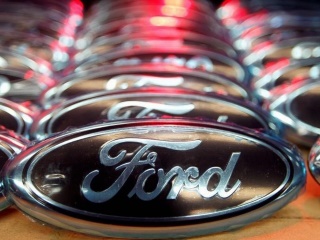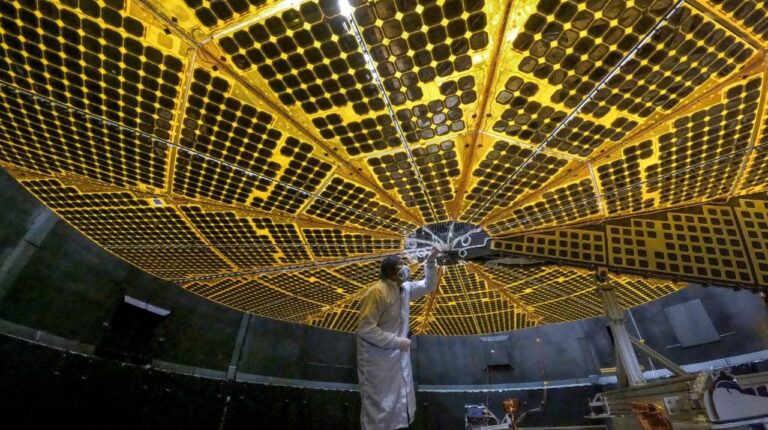
Ford said it has sourced about 70 percent of the battery cell capacity needed to achieve its annual production rate of more than 2 million by late 2026.

Ford Motor on Thursday announced a series of deals to accelerate its shift to electric vehicles, including sourcing battery capacity and raw materials from such companies as Chinese battery maker CATL and Australian mining giant Rio Tinto.
The deals are part of Ford’s push to have its annual EV production rate globally reach 600,000 vehicles by late 2023 and more than 2 million by the end of 2026. Ford said it expects a compound annual growth rate for EVs to top 90 percent through 2026, more than doubling the forecast industry growth rate.
“We are putting the industrial system in place to scale quickly,” Ford chief executive Jim Farley said in a statement.
In March, Ford boosted its planned spending on EVs through 2026 to $50 billion (roughly Rs. 3,99,335 crore) from its prior target of $30 billion (roughly Rs. 2,39,604 crore), and reorganised its operations into separate units focused on EVs and gasoline-powered vehicles with Ford Model e and Ford Blue, respectively.
The Dearborn, Michigan-based company also said at the time that its EV business would not be profitable until the next-generation models begin production in 2025.
As part of its push to boost capacity, Ford said it is adding lithium iron phosphate (LFP) cell chemistry for EV batteries to its portfolio, alongside nickel cobalt manganese (NCM). Ford said it has secured all of the 60 gigawatt hours (GWh) of cell capacity needed to support the 600,000 run rate.
The US automaker said CATL will provide full LFP battery packs for the Mustang Mach-E crossovers for North America starting next year as well as the F-150 Lightning pickups in early 2024.
The company is also working with LG Energy Solution and its long-time battery partner SK Innovation.
Ford said it has now sourced about 70 percent of the battery cell capacity it needs to achieve its annual production rate of more than 2 million by late 2026.
To support the battery cell deals, Ford said it is direct sourcing battery cell raw materials as well, announcing deals to acquire most of the nickel needed through 2026 and beyond through agreements with Vale SA’s units in Canada and Indonesia, China’s Huayou Cobalt and BHP.
It has also locked in lithium contracts through agreements with Rio Tinto, exploring a “significant” lithium off-take agreement from the mining company’s Rincon project in Argentina, Ford said. That is part of a multi-metal agreement that leverages Rio Tinto’s aluminum business and includes a potential opportunity on copper.
Ford announced other battery material deals. It signed a letter of intent with EcoPro BM and SK On to establish a cathode production plant in North America, an offtake agreement for ioneer Ltd to supply lithium carbonate from Nevada beyond 2025, an agreement with Compass Minerals for lithium hydroxide and lithium carbonate from Utah, and an agreement for Syrah Resources and SK On for natural graphite from Louisiana.
The drive to the 600,000 EV run rate by late 2023 includes 270,000 Mustang Mach-E crossovers, 150,000 F-150 Lightning pickups, 150,000 Transit vans and 30,000 units of a new SUV for Europe whose production will significantly increase in 2024.
[Source=gadgets360]







Leave a Comment